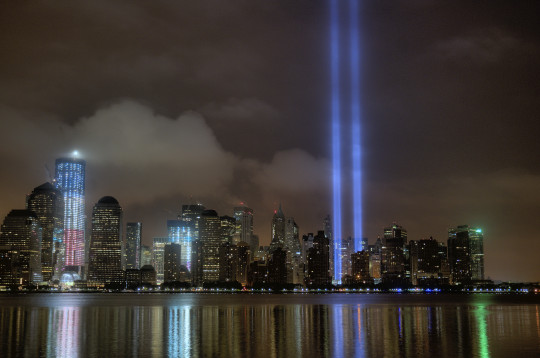In light of the 12th anniversary of the September 11th Attacks, continued political unrest in countries very close to my heart – Egypt and Venezuela and Brazil –, and innumerable natural and man-made disasters that have occurred in places that I’ve visited or desire to visit, I believe this post, written in response to the Mumbai bombings in 2008, is still as pertinent today. May the victims, their families, and the world find peace.
Originally posted December 3, 2008:
On November 12, 2001, American Airlines Flight 587 from JFK to Santo Domingo crashed in a residential area of Queens, killing all aboard and five on the ground. On October 23, 2006, a fire ripped through a packed city bus in Panama City, Panama, killing eighteen people, mostly women and children. I was reminded of these two events by a post on writer Lara Dunston’s old blog, cool travel guide. In the post, Lara talked about her stay at Mumbai’s Taj Mahal Palace Hotel years before it was bombed, having lunched and shopped at some of the places that are now the scenes of incalculably inhumane carnage. Having seen people engage each other, going about the banalities of daily life in these places, tragedies like last week’s attacks or the 2001 plane crash or the 2006 bus explosion become much more visceral; you can relate to the people because you’ve seen their faces.
For me, September 11 was an abstract event, seen from Miami on the same TV screens where violent video games and action flicks and cop reality shows parade incessantly. I processed the events cerebrally and intellectually. After all, I was literally a thousand miles away, knew no one who worked in or lived around Lower Manhattan at the time, and had already confirmed the safety of the few friends I did know then living in New York. I was angry and scared and insecure like most people, and I had seen pictures and footage of the victims on the news. Still, I had no real connection to the event because I had no clue of how the towers looked from up-close, how the air smelled, how the doormen or cleaning ladies would smile or snarl at the secretaries as they entered the building just before or just after their bosses. I couldn’t relate.
But I had been on a flight to the Dominican Republic by the time Flight 587 crashed just after take-off three months later. I had been on several, enough to notice a large number of children on every flight heading to the island to visit grandparents, cousins, friends, sometimes involuntarily. The first thing I thought when I heard the news of the crash were cherubic, tanned faces framed by dark Dominican curls, grinning gap-toothed smiles and speaking New York-accented Spanglish. A good portion of the people on that flight were kids, I knew instinctively. And that hit me hard.
When I visited Panama over the Christmas holidays back in 2006, the citizenry was still in an uproar about the bus explosion, which occured in the middle of the street right in front of my hotel. The legal mechanisms of the country weren’t moving fast enough to implicate the responsible parties, and old, faulty, “refurbished” American school buses were still being used for public transport in the city. And when the desk clerk at the hotel told me about the explosion, about how all but one of the eighteen people killed were women and children (this is unconfirmed, but I took her at her word), I immediately thought about the legions of plump grandmothers and aunts and church ladies in flowered dresses who would never have the energy and the strength required to scramble out of an inferno. At school and church back home in Florida, there were legions of grandmothers and aunts and church ladies who looked like the ones I saw walking the streets of Panama City, and I had to assume that these were the same types of ladies who burned to death on that bus. I couldn’t shake the image from my mind.
In an age of media desensitization and relative human safety (compared to previous centuries of war and disease and saber-toothed tiger maulings), it’s very easy to live most of your life looking at tragedies on the news and, as pointed out in Hotel Rwanda, say “what a shame” before turning back to your dinner. But you can’t do that as easily when you’ve seen their faces.
Image source: KimCarpenterNJ
Please don’t forget to follow me on Twitter @FlyBrother, and “like” me on Facebook! You can subscribe, too! ![]()

